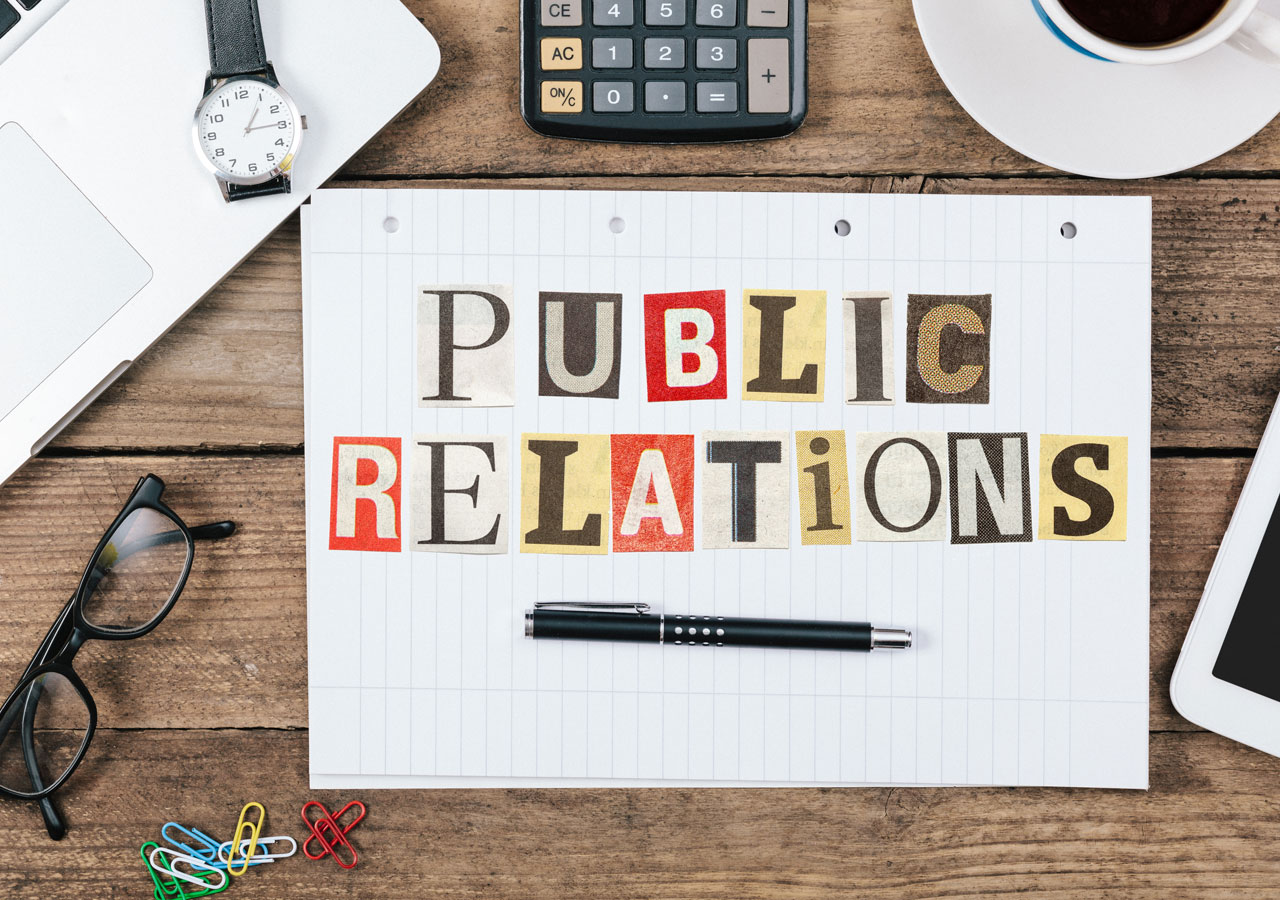Public relations (PR) is a strategic communication approach that aims to influence public opinion or behavior through various media channels. PR professionals develop relationships with journalists, bloggers, influencers, and other stakeholders who can spread information about their clients.
Public relations is a very broad field, and it has evolved over time. The term was coined in the early 20th century to describe the practice of influencing the press. Today, PR is often associated with marketing, advertising, and corporate communications.
There are three main types of PR: crisis management, reputation management, and stakeholder management. Crisis management involves responding to negative publicity or crises, such as a natural disaster or a scandal. Reputation management focuses on improving a company’s image, whether it’s good or bad. Stakeholder management helps companies build strong relationships with key audiences, such as customers, employees, and shareholders.
History
The history of public relations is closely tied to the development of mass media. In the 19th century, newspapers were the primary source of news for most people. As more people began reading newspapers and magazines, they wanted to know what was going on around them. They also needed to learn about new products and services. To meet this demand, publishers hired writers to write stories about current events. These writers became known as “journalists.” Newspapers and magazines employed many different kinds of journalists. Some wrote articles about politics, while others focused on sports, entertainment, business, science, and culture.
In the late 1800s, some publications started hiring professional writers to create advertisements. This type of advertisement was called an ad campaign. Ad campaigns helped businesses promote their products and services by telling readers about their benefits. For example, if you bought a car, you might see ads for car dealerships telling you about the features of their cars.
In the early 1900s, radio emerged as a popular medium for delivering news. Radio stations had reporters who gathered information from local sources and then broadcasted it to listeners. By the 1920s, television became another popular way to deliver news. Television stations used reporters to gather information from national and international sources.
During World War II, the U.S. government created a propaganda agency to help sell war bonds. It was called the Office of Censorship. The office worked to control all forms of media, including movies, books, music, and art. After the war ended, the Office of Censors disbanded, but its techniques influenced how governments dealt with issues of free speech today.
During the 1950s, public relations grew into a profession. People saw public relations as a way to improve a company’s reputation after it experienced a problem. A few years later, public relations became part of marketing. Companies realized that they could use public relations to market their products and services.
Today, public relations is one of the most important parts of any company’s marketing plan. Many large corporations have entire departments devoted to public relations. Smaller companies often hire consultants to do their public relations work.
Public Relations vs. Marketing
There are two major differences between public relations and marketing. First, marketing usually targets consumers. That means marketers focus on selling products and services to people. On the other hand, public relations works to influence groups of people. Second, marketing uses advertising to get attention. Advertising can be effective at getting your message across, but it doesn’t always tell the whole story. Sometimes, you need to explain why someone should buy your product or service. You can do this through public relations.
Types of Public Relations
Public relations includes several different types of activities. Here are some examples:
• Media relations – This involves working with the press to publish positive stories about your organization.
• Community relations – This focuses on building relationships in specific communities. For example, you might want to build relationships with schools or religious organizations.
• Corporate communications – This helps employees understand how to communicate effectively within the organization.
• Crisis management – This deals with problems such as fires, natural disasters, and health emergencies.
• Advocacy – This involves persuading legislators, regulators, or other decision makers to support your cause.
• Government affairs – This involves influencing elected officials and policy makers.
Why Do We Need PR?
PR has become an essential part of business. As more and more businesses grow, they realize that they need to put together a strong public image. They also know that if they don’t pay attention to what others think about them, they will lose customers.
PR can help you build trust. If you make mistakes, people will see those mistakes. When you correct those mistakes, people will believe that you care about doing things right.
PR can help increase sales. If you have a good name, people will trust you. Your reputation will attract new clients.
How Does PR Work?
The first step in creating a successful public relations campaign is deciding which type of publicity you want to create. Once you decide, you need to figure out who you want to target. Who are the people who matter when it comes to your business? How do they feel about your industry? What kind of messages would they like to hear from you?
Next, you need to determine what media outlets will be interested in covering your topic. Are there newspapers, magazines, radio stations, or television networks that cover your subject area? How many publications do you want to reach? Will you write articles for websites, or will you only talk to reporters?



0 Comments